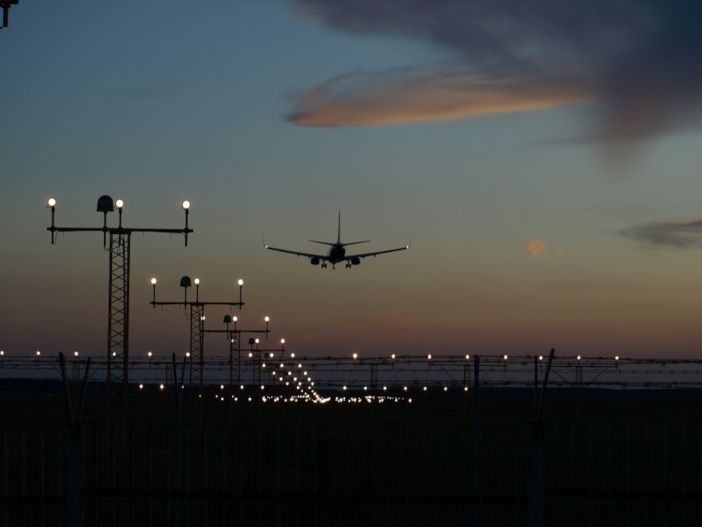A study exploring the future possible configurations for hybrid commercial passenger aircraft has shown that a 50/50 split of fossil fuel and battery-supplied electricity is necessary for them to meet current market demands and significantly reduce emissions.
Researchers from the University of Illinois, USA modelled the carbon dioxide emissions that a single-aisle aircraft, capable of carrying 140 passengers would produce. For the study, the proportion of power across the propulsion driveshaft that was electrically derived was varied at 12.5%, 25%, and 50%.
The study considered the carbon dioxide emissions produced per kilowatt-hour for each individual state across the USA to account for the emissions of the electricity used to recharge an aircraft’s batteries. It also used a maximum range equivalent for the aircraft equal to that of the average of all global flights today, making it a viable option for environmentally responsible aviation.
The study found the most feasible propulsion system is one that uses a 50% electrical-power drivetrain and a battery specific energy density of 1,000 watt-hours per kilogram. This was estimated to produce 50% less lifecycle carbon dioxide emissions than a modern conventional aircraft.
Although current battery technologies are far from being able to achieve this configuration, Phillip Ansell, assistant professor in the Department of Aerospace Engineering at the College of Engineering at the University of Illinois said that improvements in batteries will continue to provide gains in capabilities.
He said, “We looked at how technologies need to improve to make a hybridized configuration feasible based on a need to meet a certain range requirement and feature a large reduction in carbon emissions.
“The 12.5% is the most near-term accessible configuration that was studied. However, we also see a non-linear relationship between carbon dioxide emissions produced and improvements in hybrid-electric propulsion concepts, where the most rapid proportional reductions in carbon emissions are produced across near-term improvements in technology.
“Achieving the technology improvements for a 50% hybrid system certainly has a very long timetable to get to market, by a long shot, because it’s entirely uncertain if or when that level of energy density of batteries will be manufactured.
“But at least in the interim, even small gains in component technologies can make a big difference.”
“Perhaps in the next 10 years we’ll be able to have a battery that is 400 to 600 watt-hours per kilogram. If we project that out, the levels that we need for larger hybridization factors, or even fully electric commercial aircraft, might be within reach in the next 25 years,” he added.
The study, “Mission Analysis and Emissions for Conventional and Hybrid-Electric Commercial Transport Aircraft,” was authored by Gabrielle E. Wroblewski and Phillip J. Ansell. It appears in the Journal of Aircraft. DOI: 10.2514/1.C035070





